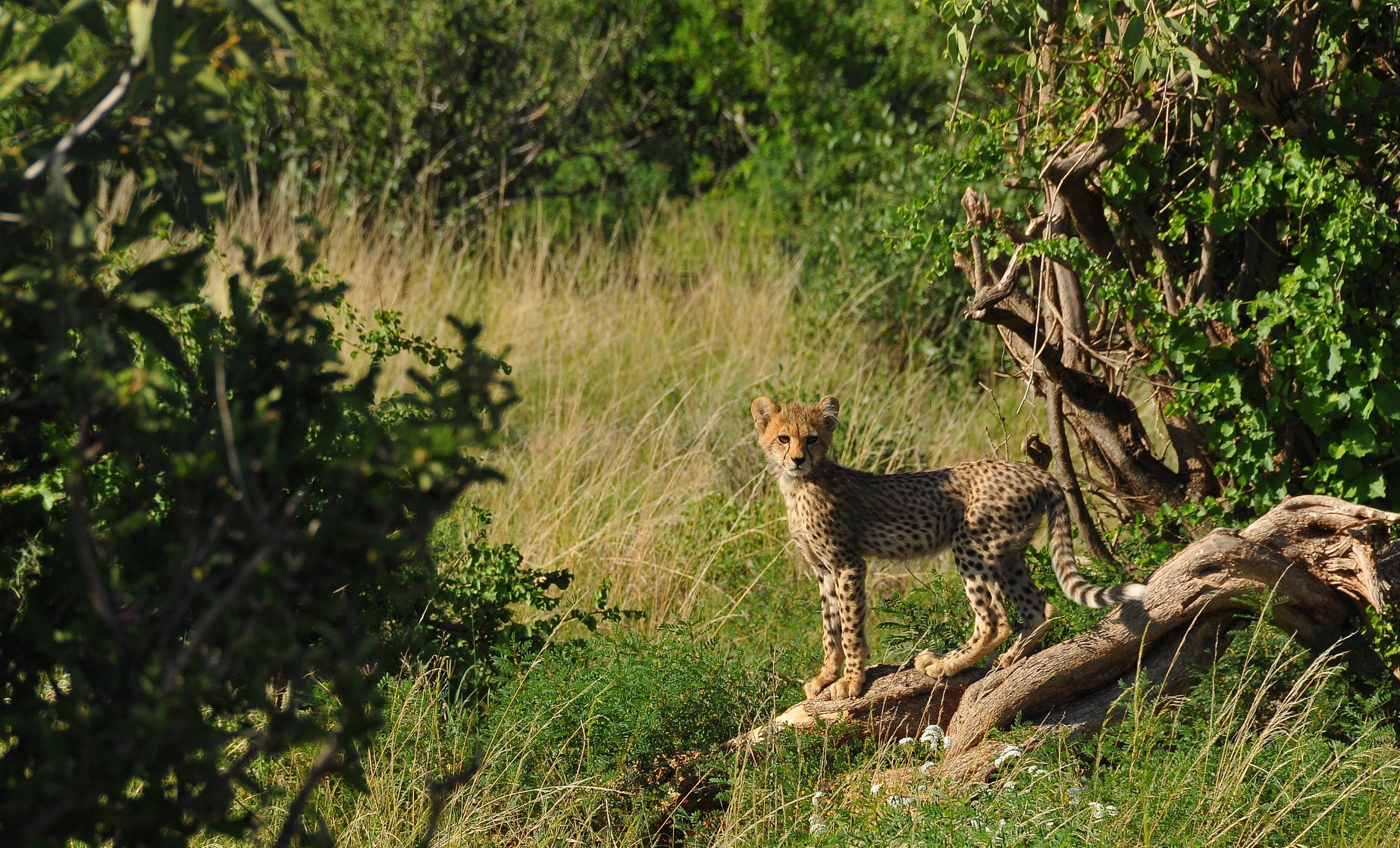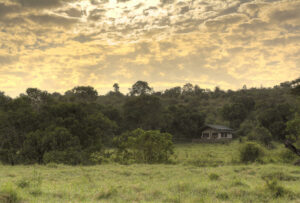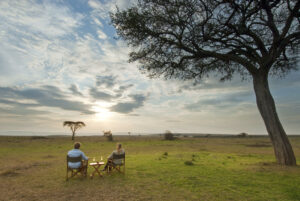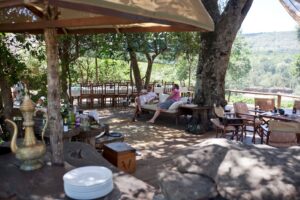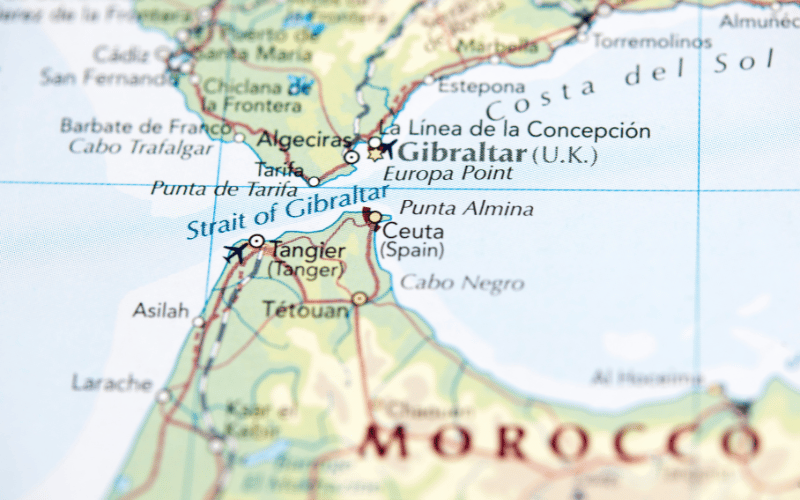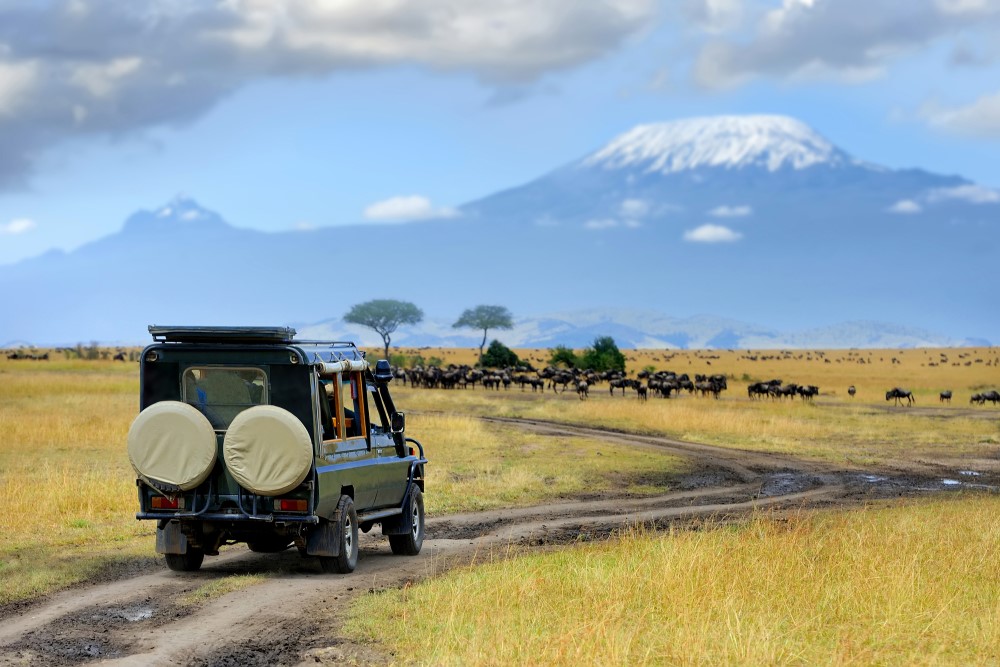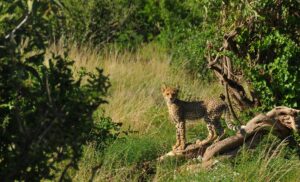 Cheetah – fastest land animal
Cheetah – fastest land animal
Built for speed with a slender frame, flexible spine, muscular tail, long legs , semi retractable claws and large lungs and heart to aid oxygen intake, a cheetah’s physiology make it unique among Africa’s big cats.
Watching cheetahs in the wild is completly mesmerising.
Life is tough – even when a hunt is successful, the cheetah’s light build which equips it so well for the chase, also make it vulnerable to attack by other predators. Spotted hyena or lion will happily use their size and power to steal a cheetah’s hard-won meal.
Threats to Cheetah
In the 1970s there were about c15,000 cheetah in Africa but today the global population is estimated to be less than 7,000 mature individuals and these are confined to around 10% of the historical range.
This drastic decline is due to a complex combination of factors which include:
- human-wildlife conflict
- loss of habitat and prey species
- The Illegal Wildlife Trade – poaching and the exotic pet trade
Seeing Wild Cheetah
The last significant populations remain in Southern and Eastern Africa (Namibia, South Africa, Botswana, Zambia, Kenya, Tanzania).
Masai Mara, Kenya
This is my number one place to see wild cheetah.
Cheetah are visual hunters and East Africa’s open savanna habitat is just perfect for them. They love natural vantage points such as kopjes, termite mounds or fallen trees.
The cheetah of the Mara are well studied by the Mara-Meru Cheetah project. Interestingly they have found that cheetahs in Kenya do not always appear to stick to the typical social structure (solitary females bringing up cubs and solitary males or males living in coalitions with their brothers). They have observed females in Mara and Meru living together with different aged cubs, and occurences of males and females raising cubs together. Perhaps this collaborative approach is why there are around 1500 cheetahs remaining in Kenya, making it a stronghold, and the best place to try and see them.
The Mara’s private conservancies where visitor numbers and vehicle density is closely monitored and you have a sustainable tourism model which is designed to protect the habitat and the species, is the place to base yourself.
In these conservancies you can off-road ( you cannot in the national park) but there are very strict wildlife viewing guidelines which are well-respected by accredited and experienced guides – you should never find yourself in a situation where there are more than three vehicles around an animal at any single time.
One of our favourite private conservancies is Mara North – there are just 12 partners which include:
Explore Safaris in Kenya>>
Serengeti, Tanzania
Coming a close second place to the Mara is Tanzania’s legendary golden plains of the Serengeti. The northern region around Lamai is especially good, perhaps due to the large boulders forming the ‘kopjes’, which the cheetah favour for look-outs. The southern plains around Ndutu also offer good opportunities during the wildebeest calving season between January and March.
Etosha, Namibia
Namibia has the largest population of cheetah – it is estimated that as many as three quarters of wild cheetahs reside on farmland in Namibia. Cheetah have been known to move out of Namibia’s protected areas to avoid competiton with other predators, such as lion, but by doing so they can end up in conflict with humans. Etosha, with its open grasslands, is the best destination in Namibia for a chance to see wild cheetah. On a self-drive itinerary it is also possible to include a stay at Okonjima – home to the Africat Foundation – and find out more about efforts to conserve Africa’s big cats and other species (cats studied at Okonjima include leopard and cheetah).
Greater Kruger, South Africa
Although the Greater Kruger is not known for its open grassland and cheetah are the hardest to see of all the big cats in Kruger, there is still a good population, estimated at around 400 adults, showing how adaptable they can be. The private conservancies including Sabi Sands offer a really good variety of habitat with grassland, light woodland and beautiful riverine areas – there is also a high density of small prey species, perfect for cheetah. One of the camps in Sabi Sands is even called ‘Cheetah Plains’.
